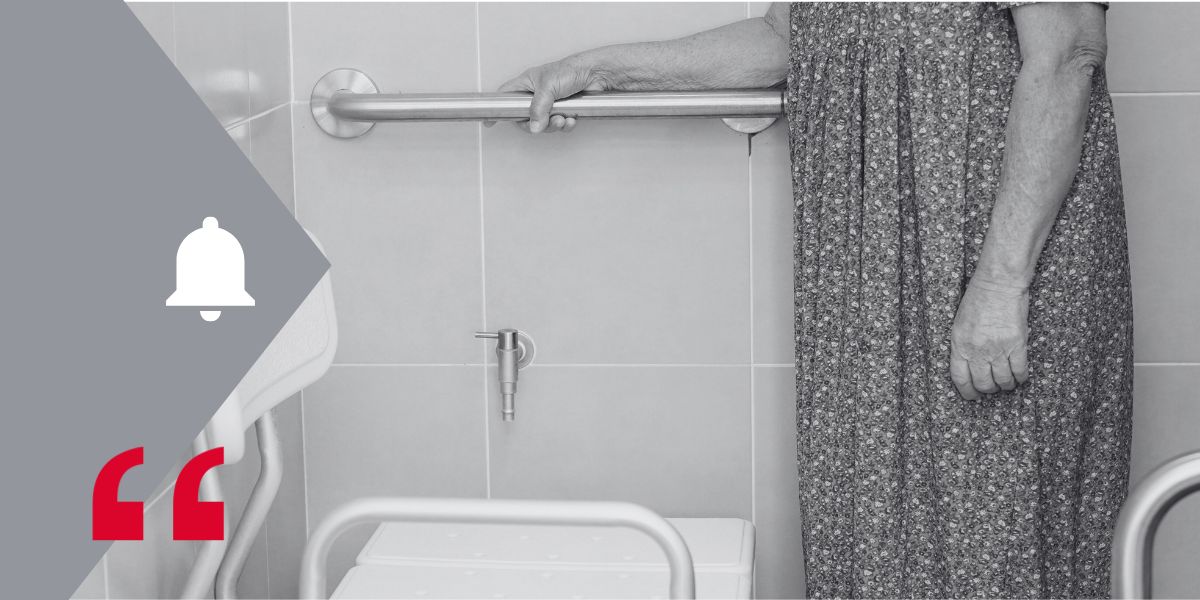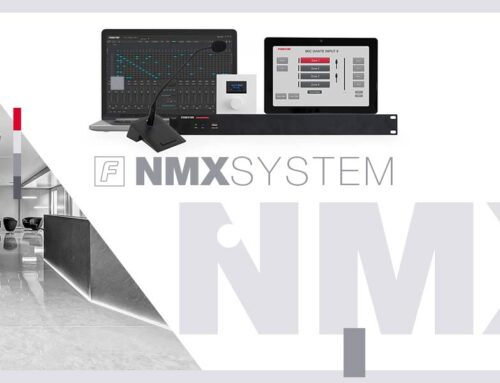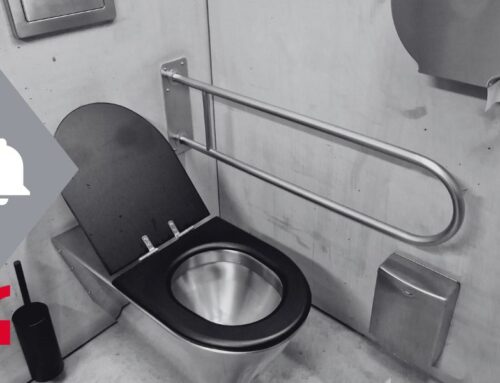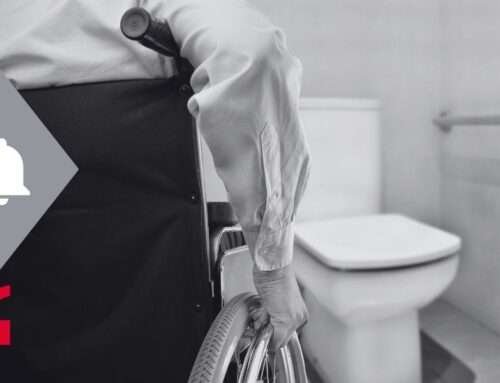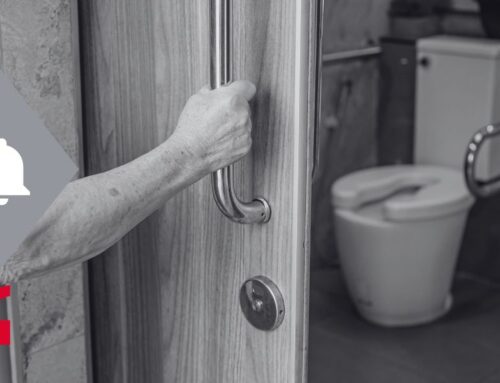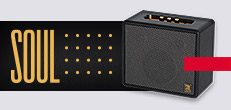In today’s world, the safety and well-being of the elderly and those with special needs have become a priority. Bathroom alarm pull cords play a crucial role in this aspect, providing a reliable tool for requesting help in case of an emergency. However, choosing the right assistance call device can be a challenging task due to the variety of options available on the market. In this article, we will explore the key factors to consider when selecting the best bathroom alarm system that suits your specific needs.
Factors to consider when choosing an assistance call device
Selecting the right assistance call device requires evaluating several factors to ensure it meets the user’s needs. Below are the most important factors to consider:
1. Ease of use
The assistance call device should be easy to use, especially for the elderly or those with physical limitations. Large buttons, simple interfaces, and intuitive operation are desirable features. It is crucial that the user can activate the device easily in emergency situations.
2. Range and coverage
It is essential to consider the range of the assistance call device, especially if it is a fixed call system. Ensure that the device has adequate coverage for the area where it will be used, whether at home or elsewhere. Coverage is vital to guarantee that the emergency signal reaches the relevant contacts or services without fail.
3. Connectivity
Some assistance call devices work through traditional phone lines, while others use mobile networks or Wi-Fi connections. The choice will depend on the reliability each option provides in the user’s location. Reliable connectivity is crucial to ensure that emergency calls are effective.
4. Durability and resistance
The assistance call device must be sturdy and durable, especially if it is intended for outdoor use or in situations where it may suffer bumps or falls. Water resistance is also an important feature to consider, as it allows the device to be used in all weather conditions and daily situations like showering.
5. Cost and subscriptions
The price of the assistance call device and potential subscription fees are important factors. Make sure to know all the associated costs, including maintenance and additional services, before making a decision. It is essential to find an accessible price point that fits the budget without sacrificing quality and necessary functionalities. Also, consider long-term costs and possible subscription renewal fees.
CALL-HELP and CALL-CENTRAL by Fonestar
In the assistance call device market, two standout products are CALL-HELP and CALL-CENTRAL, developed by Fonestar. Below, we detail their main features:
CALL-HELP
The CALL-HELP is an assistance call kit designed for accessible restrooms or accessible dressing rooms. It includes a call button with a 1.95 m cord and a cancellation button, both connected to a luminous and acoustic signaling lamp with a sound pressure level of 85 dB. This system allows the transmission and verification of the call, ensuring that the user knows their request has been received. Additionally, it complies with the CTE – DB SUA 3.1.2 and Royal Decree 173/2010 of Spain, guaranteeing safety in accessible facilities.
The CALL-HELP also includes a power supply, an assisted bathroom sticker, and is compatible with universal standard square and round boxes. The device is efficient with a standby power consumption of only 0.10 W. It is designed for intuitive use and allows installation with a maximum distance of 60 meters between the lamp and the buttons, ensuring adequate coverage in the area of use.
CALL-CENTRAL
The CALL-CENTRAL is an assistance call central that can connect up to six CALL-HELP kits. Designed for use in accessible restrooms or accessible dressing rooms, this central unit verifies and receives calls, offering luminous and acoustic signaling with a sound pressure level of 85 dB. It allows a maximum distance of 1000 meters between the central unit and the call kits, ensuring extensive coverage.
The CALL-CENTRAL includes a power supply and is compatible with universal standard square and round boxes. It uses Euroblock connectors for cables with a section of 0.2 to 1.5 mm² and has a standby power consumption of only 0.10 W. Additionally, it complies with the CTE – DB SUA 3.1.2 of Spain, ensuring safety and accessibility in public facilities. Its intuitive design facilitates its installation and use, offering a complete solution for environments that require reliable assistance.
Conclusion
Choosing the best assistance call device depends on the specific needs of the user and the environment in which it will be used. Considering factors such as ease of use, range, connectivity, durability, and cost is essential to make an informed decision. With the right option, users can have peace of mind knowing that help is just a button away.
